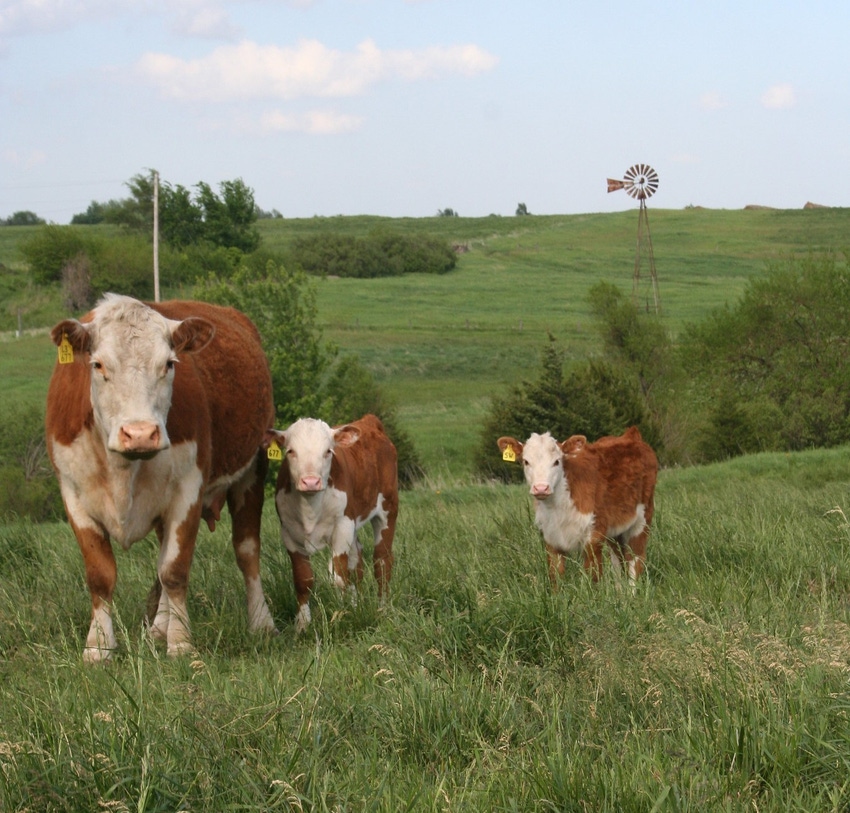Strategic Collaborations for Strength: Bagley Risk Management
Strategic Collaborations for Strength: Bagley Risk Management
Blog Article
Understanding Livestock Danger Security (LRP) Insurance: A Comprehensive Guide
Browsing the world of livestock danger security (LRP) insurance coverage can be an intricate undertaking for lots of in the farming industry. This kind of insurance coverage provides a safety web against market variations and unanticipated circumstances that might impact animals producers. By comprehending the details of LRP insurance coverage, manufacturers can make enlightened choices that might protect their procedures from monetary dangers. From just how LRP insurance policy functions to the various insurance coverage options available, there is much to discover in this comprehensive overview that could potentially form the means livestock manufacturers approach threat management in their organizations.

How LRP Insurance Functions
Sometimes, recognizing the technicians of Livestock Risk Security (LRP) insurance policy can be complex, but breaking down just how it functions can give clarity for breeders and farmers. LRP insurance coverage is a danger administration device created to shield animals manufacturers versus unforeseen price declines. It's important to note that LRP insurance is not an earnings assurance; rather, it focuses entirely on price risk protection.
Qualification and Insurance Coverage Options

When it comes to protection alternatives, LRP insurance provides manufacturers the flexibility to choose the insurance coverage degree, coverage period, and endorsements that ideal fit their risk administration requirements. By comprehending the eligibility requirements and protection options offered, livestock manufacturers can make enlightened choices to handle danger successfully.
Pros and Disadvantages of LRP Insurance Coverage
When reviewing Animals Danger Protection (LRP) insurance, it is vital for livestock manufacturers to weigh the advantages and disadvantages intrinsic in this risk management device.

One of the main advantages of LRP insurance is its capacity to offer protection versus a decrease in livestock rates. Furthermore, LRP insurance coverage provides a degree of flexibility, permitting producers to personalize insurance coverage levels and plan durations to suit their details demands.
One restriction of LRP insurance is that it does not safeguard against all types of threats, such as condition break outs or natural calamities. It is vital for manufacturers to meticulously analyze their specific risk direct exposure and economic situation to determine if LRP insurance is the best danger monitoring device for their procedure.
Comprehending LRP Insurance Premiums

Tips for Optimizing LRP Advantages
Maximizing the advantages of Livestock Threat Defense (LRP) insurance policy needs strategic preparation and proactive threat administration - Bagley Risk Management. To maximize your LRP protection, take into consideration the complying with suggestions:
On A Regular Basis Assess Market Conditions: Keep notified concerning market trends and price fluctuations in the animals sector. By monitoring these aspects, you can make enlightened choices concerning when to acquire LRP insurance coverage to safeguard against possible losses.
Establish Realistic Insurance Coverage Degrees: When picking insurance coverage degrees, consider your manufacturing expenses, market price of reference livestock, and possible threats - Bagley Risk Management. Setting reasonable insurance coverage degrees makes certain that you are sufficiently secured without overpaying for unnecessary insurance policy
Expand Your Insurance Coverage: Rather of depending exclusively on LRP insurance coverage, think about diversifying your risk management techniques. Combining LRP with various other risk monitoring devices such as futures agreements or choices can give comprehensive insurance coverage versus market uncertainties.
Evaluation and Adjust Insurance Coverage Regularly: As market conditions transform, regularly evaluate your LRP coverage to guarantee it lines up with your current threat direct exposure. Readjusting coverage levels and timing of acquisitions can assist maximize your danger protection strategy. By adhering to these Going Here suggestions, you can take full advantage of the benefits of LRP insurance coverage and protect your livestock operation versus unanticipated risks.
Verdict
To conclude, animals danger protection (LRP) insurance is a useful device for farmers to take care of the financial dangers related to their livestock procedures. By recognizing how LRP functions, qualification and protection alternatives, as well as the pros and disadvantages of this insurance policy, farmers can make educated choices to protect their incomes. By very carefully considering LRP costs and linked here implementing strategies to take full advantage of advantages, farmers can mitigate possible losses and guarantee the sustainability of their procedures.
Animals manufacturers interested in obtaining Livestock Danger Security (LRP) insurance can check out an array of qualification standards and protection choices customized to their details livestock operations.When it comes to protection choices, LRP insurance coverage provides manufacturers the versatility to pick the coverage level, insurance coverage duration, and endorsements that finest fit their risk management requirements.To comprehend the complexities of Livestock Risk Protection (LRP) insurance coverage totally, recognizing the variables affecting LRP insurance policy costs is crucial. LRP insurance premiums are figured out by different elements, including the insurance coverage degree selected, the expected cost of livestock at the end of the coverage duration, the kind of livestock being guaranteed, and the size of the protection duration.Testimonial and Readjust Protection Regularly: As market problems alter, periodically review your LRP coverage to ensure it straightens with your present risk exposure.
Report this page